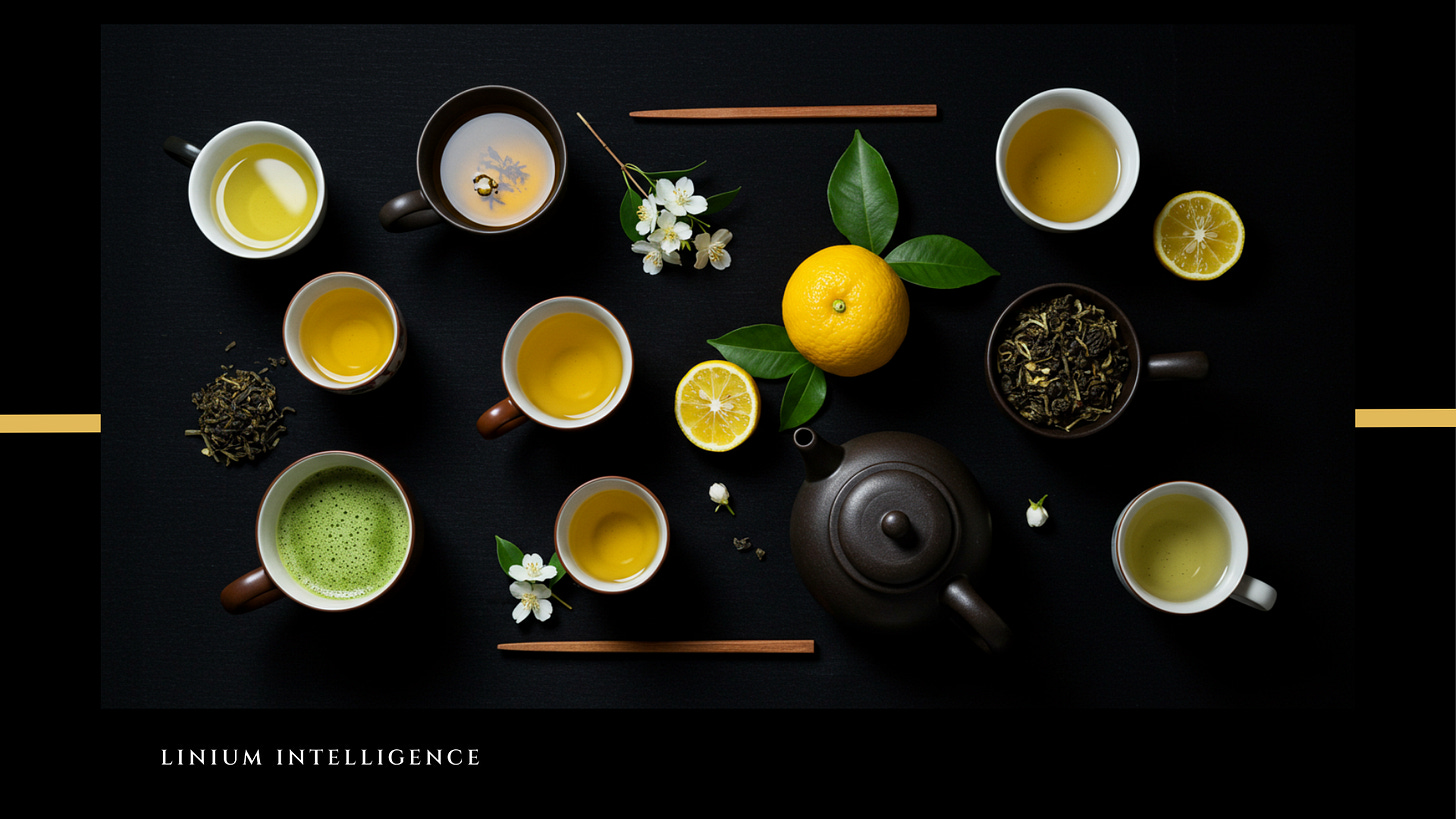Beyond Borders: The Strategic Rise Of East Asian Flavors And IP In Confectionery And Snacks
The global snack and confectionery landscape is undergoing a dynamic cultural convergence, marked by a pronounced surge in East Asian influences—particularly from Japan and China. This movement goes beyond simple product imports. It includes high-profile collaborations, the integration of regionally inspired flavors, and the strategic use of popular East Asian intellectual property (IP) across markets.
From strategic IP collaborations—such as Godiva x Pop Mart LABUBU, Hershey’s Pokémon, Nintendo x Godiva, and Honolulu Cookie Company x Hello Kitty—to the rising popularity of East Asian flavors like matcha, yuzu, and jasmine, the trend is reshaping product development and launch calendars, including the growing emphasis on Chinese New Year as a key seasonal moment.
One of the most prominent examples is the Godiva x Pop Mart LABUBU Icy Delights Collection, launched in July 2025, across several Asian markets including China, Hong Kong, Macao, Taiwan, Singapore, Malaysia, and Indonesia. This collaboration with Pop Mart, China’s leading collectible “blind box” toy company, infuses Godiva’s premium chocolates with playful pop culture appeal. This partnership effectively expands Godiva's target demographic, engaging younger, globally-aware consumers beyond their traditional luxury chocolate clientele.
Similarly, U.S. chocolate confectionery market leader Hershey’s collaboration with The Pokémon Company reflects the enduring global reach of Japanese IP. Featuring iconic characters from the Kanto region, the chocolate collection appeals to a multigenerational fanbase, blending nostalgia with novelty. This partnership allows Hershey’s to inject playfulness and emotional resonance into its brand, turning chocolate into a storytelling vehicle that connects across age groups.
Further cementing the trend, Nintendo’s limited-edition collaboration with Godiva, launched January 2025, showcases characters from Pikmin and Animal Crossing, merging Belgian chocolate craftsmanship with beloved game franchises. This strategy contributes to premiumization through novelty and exclusivity, as these limited-edition items become desirable collectibles.
Localized partnerships have also played a key role. The Honolulu Cookie Company’s Japan-exclusive Hello Kitty collection ties Hawaiian shortbread cookies to one of Japan’s most iconic kawaii characters. With each purchase, consumers receive limited-edition Hello Kitty merchandise, such as charms, pouches, and other collectible items, enhancing the appeal through exclusive gifting. The collaboration taps into Japan’s deep affinity for character goods and limited-edition collectibles, reinforcing the importance of cultural nuance in regional product development.
Flavor innovation is another critical dimension of this emerging East Asian influence. Once niche, ingredients like matcha (Japanese green tea), yuzu (East Asian citrus), and jasmine are gaining traction across global brands. While still less dominant than trending flavors like pistachio—one of the top flavors in H1 2025 chocolate confectionery launches—these East Asian notes are becoming increasingly visible appearing across chocolates, cookies, pastries, lattes and more. Examples include Patchi’s matcha chocolate collection, Cookie Society’s matcha cookie, and U.S.-based chocolatiers like &Sons and Stone Grindz releasing yuzu chocolate assortments. Brands such as Dirty Dough Cookies (yuzu frosting cookie), Devonport Chocolates in New Zealand, and Stone Grindz have also featured jasmine in recent product lines.
Seasonality is evolving as well. Traditionally centered on Easter, Halloween, and Christmas, the chocolate calendar is expanding to include Chinese New Year, with launches from brands like Patchi, KitKat, and Koko Black marking the holiday with festive packaging and themed flavors.
In conclusion, the growing East Asian influence in the global snack industry reflects deeper trends: the globalization of pop culture, evolving flavor preferences, and strategic cross-border collaboration. Initiatives like Godiva x Pop Mart, Hershey’s Pokémon, Nintendo x Godiva, and Honolulu Cookie Company x Hello Kitty are more than marketing exercises—they represent a long-term shift in how brands engage with culture, creativity, and consumers. These partnerships generate significant brand buzz and increased foot traffic, acting as a gateway to new markets for Western brands and a means for East Asian IP holders to globalize. Ultimately, by offering consumers unique and engaging experiences that transcend geographical boundaries and highlighting the evolving palate of the global consumer, these strategies contribute to the mitigation of market saturation and necessitate crucial supply chain and sourcing adjustments for specialized ingredients, defining the future trajectory of the global snack market.

